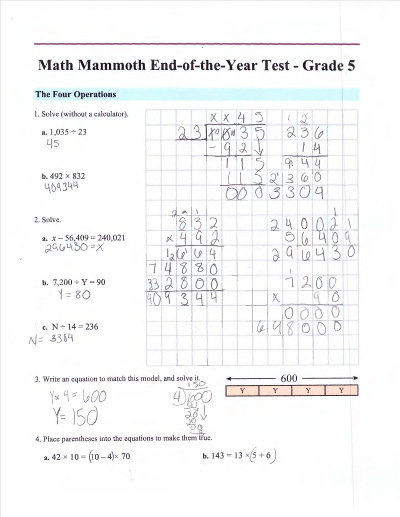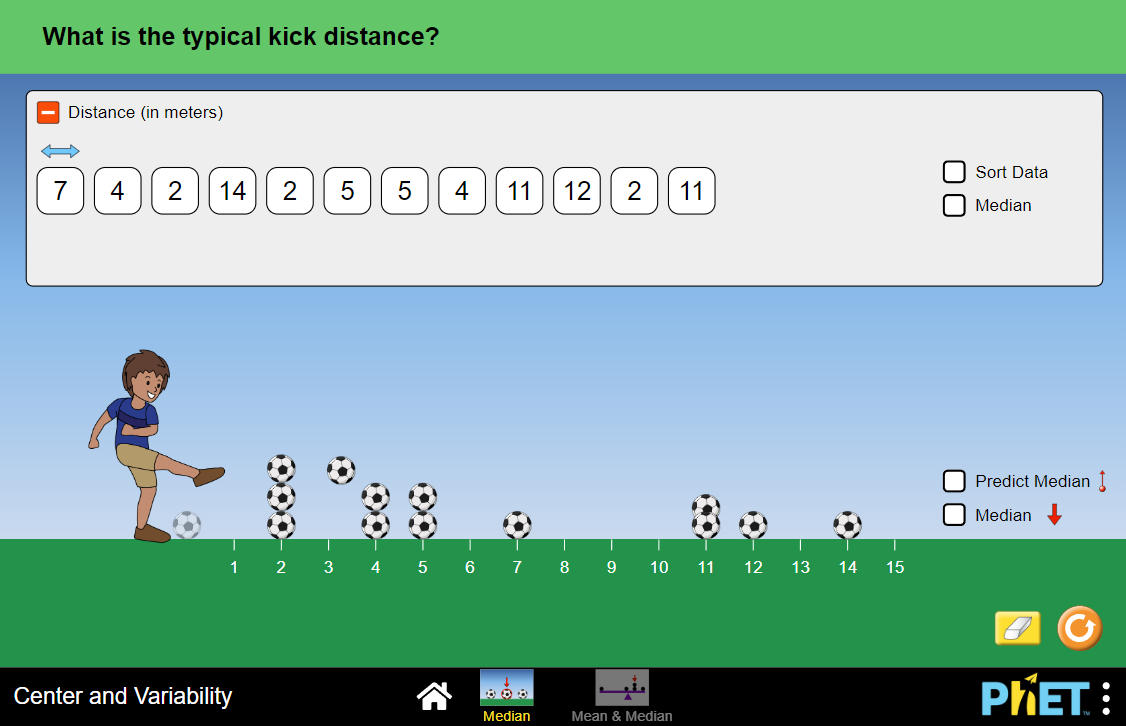 Hello!
Hello!
Welcome again! 😀 |
1. Math Mammoth newsI created a new FAQ about edition changes in the Math Mammoth curriculum. We now have a new edition for grade 6, and there are more edition changes coming in upcoming years.I will SOON send you information about a new interactive course based on my multiplication book, at TinyTap! Check it out at: Learn and Master the Times Tables! If you purchased the digital version of a Math Mammoth product, you have the option to have your child or student to fill it in on a computer or tablet device, or to print it. Check out these printing services that offer either a good overall pricing or a special discount for MM users:
|
2. Placement/math assessment tests A time to remind everyone about
PLACEMENT TESTS for Math Mammoth.
A time to remind everyone about
PLACEMENT TESTS for Math Mammoth.
Naturally, these tests are used to find out where a student might best place in MM, but the tests work equally well as GENERIC math ASSESSMENT tests. See an example of one student's test results and my evaluation here. Many students need to take two or even more tests in order to get a full picture of the gaps they have in their skills and knowledge. That was the case with this student also: she actually took three tests, grade 6, 5, and 4. I posted two of the tests and my evaluation at MathMammoth.com site. I hope it's helpful! I also offer a service where you can send your child's test results (already graded) to me for a free evaluation for a placement, and suggestions for materials to fill in gaps. |
3. Farmer's horse problemHere's an interesting story problem! A farmer died leaving his 17 horses to his three sons. When his sons opened up the will, it read:
Now, he divided the horses according to their fathers will. Half of 18 = 9. So he gave the eldest son 9 horses. 1/3rd of 18 = 6. So he gave the middle son 6 horses. 1/9th of 18 = 2. So he gave the youngest son 2 horses. Now add up how many horses they have: Eldest son 9 Middle son 6 Youngest son 2 TOTAL IS 17 Now this leaves one horse over, so the farmer friend takes his horse back to his farm. Problem Solved! 😄 Someone left a comment on FB: Yes! This is a very old legend. I read it when I was like 12 years old. It’s from a book written by Malba Tahan, "The man who counted", a collection of short stories and legends involving mathematical thinking. It’s a good read, too. |
4. Median and meanSome little something new at Math Mammoth Practice: an interactive activity about the concept of MEDIAN. Students kick the soccer ball, and the distance is recorded.It also has a second activity where you observe how median and mean are affected when new data items are added. Check it out here! |
5. Fraction game: My Closest Neighbor

Fraction 3/10 You only need a standard deck of playing cards (or any number cards) from which you remove the picture cards. The game practices comparing fractions, equivalent fractions, benchmark numbers, and strategic thinking. A real win! Deal five cards to each player. In each round, choose two cards from your hand and make a fraction that is as close as possible (but not equal) to the given target number. Then draw two cards from the deck so you have five again. Read the complete rules at Fraction Game: My Closest Neighbor |
6. Just for fun!
Thanks for reading! 🙂 Feel free to forward this issue to a friend/colleague! Subscribe here. Till next time, Maria Miller |
| Privacy & your personal data | Contact | Math Mammoth freebies | Placement tests |
| Complete curriculum | Thank you! A short story in poetic form | Visit us on Facebook | Newsletter Archives |
